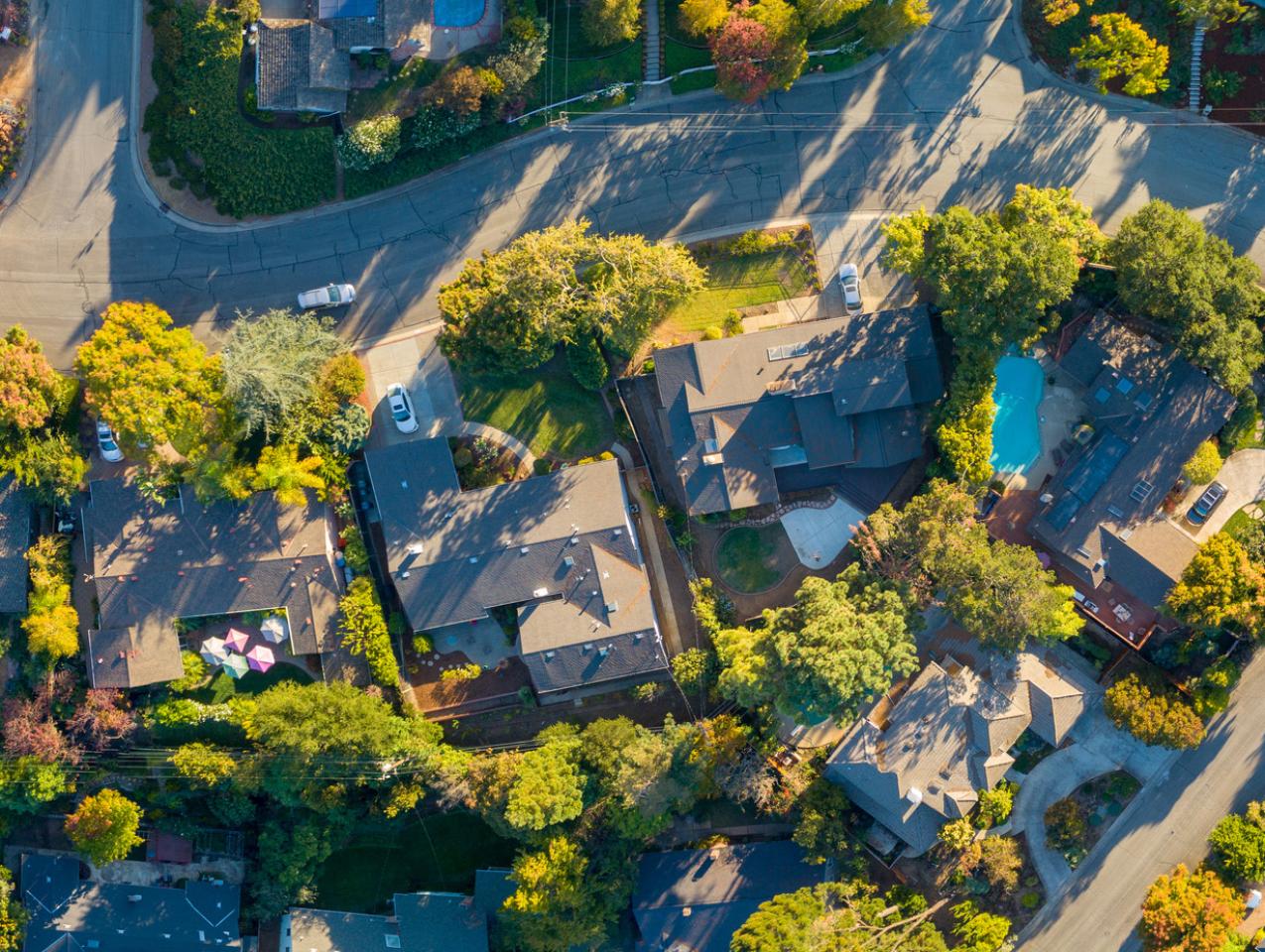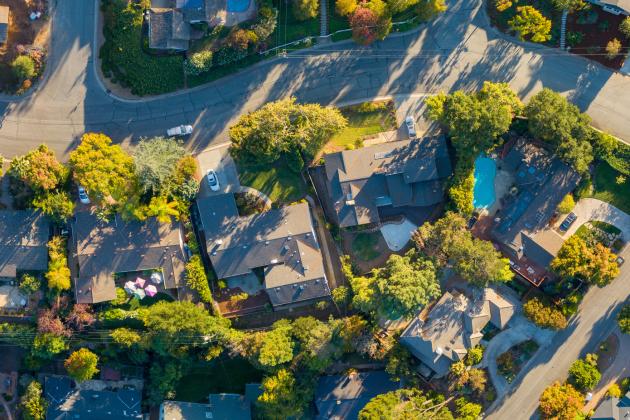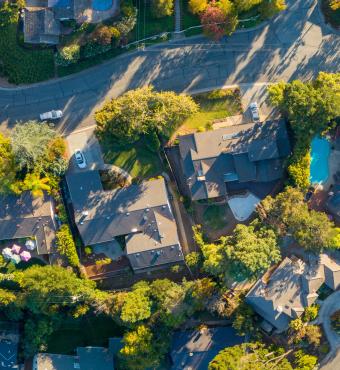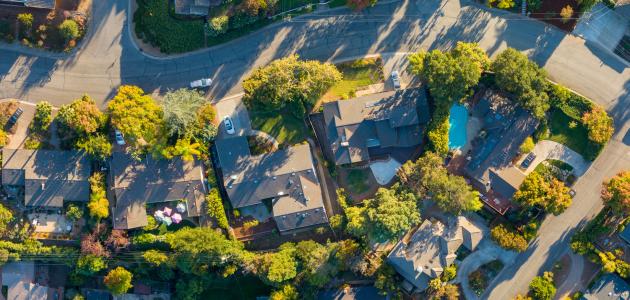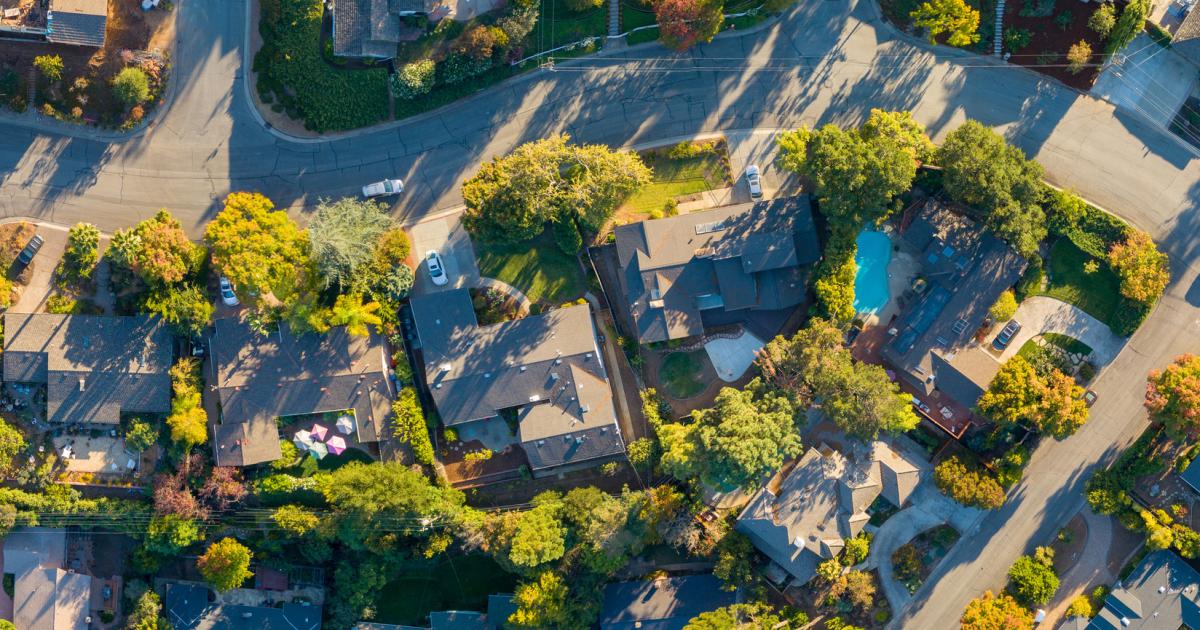Come the time the Walt Disney Company takes a break from its troubles in Florida (these include a new state law stripping the company of its Disney World self-governing powers), the entertainment giant might want to turn its attention to a small town in Northern California.
That would be Sunnyvale, located north of San Jose in the heart of Silicon Valley and, per this study, the “happiest place in America.” Which might not still well with the folks who sell the mouse ears, as for years Southern California’s Disneyland Resort has been marketed to the world as “the happiest place on Earth.”
How did Sunnyvale manage to earn this beatification? SmartAsset, an online financial information and advice service that crunched the numbers, looked at 13 different metrics across three categories: personal finance, well-being, and quality of life.
Its conclusion: “Well-being and quality of life is where Sunnyvale, California ranks best. The city has the highest percentage of individuals earning $100,000 or more (62.5%), the third-lowest percentage of adults living below the poverty-level (roughly 5%) and the fifth-highest marriage rate (56.8%). Violent crime in the area is also low (No. 9) with roughly 149 violent crimes per 100,000 residents.”
California, in fact, dominated SmartAsset’s study. Also finishing in the top ten of “happiest” cities: fourth-place Fremont, which is on the eastern side of the San Francisco Bay; seventh-place Roseville, a suburb of Sacramento; eighth-place San Jose; ninth-place Santa Clarita, which is just north of Los Angeles; and tenth-place Irvine, which is about 20 minutes southeast of Disneyland in Orange County.
Before we go any further, a word of caution about these findings.
Other than Arlington, Virginia (across the Potomac River from the nation’s capital), and a pair of Texas towns (Frisco and Plano, just north of Dallas), the South barely shows up on the nationwide “happiest” list. Indeed, Birmingham, Alabama, was deemed America’s “least happiest” place to be (“This Alabama city ranks in the bottom five across metrics such as personal bankruptcy filings per capita, life expectancy and the percentage of residents living in poverty”). Which might not sit well with Birmingham native Condoleezza Rice.
But these results don’t square with recent population shifts in America—“happy” California losing residents last year to the likes of Florida, North Carolina, South Carolina, Tennessee, and Texas (Alabama, in fact, enjoyed the ninth-best population gain in 2022).
Another concern about handicapping “happiness”: the risk of mistaking cheerfulness for a social utopia.
Sunnyvale is perhaps best known as the cradle of the video-game industry (Atari was founded there a half-century ago). It’s also the same town in which a local developer recently went on an eight-day hunger strike to protest housing-construction red tape. “Happiness” doesn’t necessarily apply to the local school system, either—not with a Sunnyvale charter school looking to shut down and force about 650 students to seek new classrooms. Nor is the local postal service smiling these days given a recent crime wave targeting Sunnyvale mail delivery.
But a larger concern with this and other findings that seek to rank America’s cities: they tend to gloss over the price of admission.
Put another way: Disneyland’s standard theme-park tickets start at $83 per day, per person. Per Redfin, homes in Sunnyvale fetched a median price of $1.5 million last month. Assuming a down payment of $300,000, a 30-year loan at 6%, and 30% of pretax income devoted to paying the mortgage, nearly $300,000 in annual income is the admission price to the “happiest” city in America.
“Mickey Mouse” numbers those aren’t.
While we’re on the topic of California and rankings, now would be a good time to ask: How does the Golden State stack up versus the rest of the republic?
The short answer: it’s complicated.
US News & World Report, for example, does a 50-state “opportunity ranking” that factors in “affordability,” “economic opportunity,” and “equality.” The overall leaders: Iowa, Minnesota, and New Hampshire.
And California?
The Golden State came in dead last—50th among America’s states—courtesy of a combined 49th in “affordability” (only Hawaii received a lower ranking), 22nd in “economic opportunity” (sandwiched between Wyoming and South Dakota), and 35th in “equality” (one spot behind the supposedly dispirited Alabama).
For those who like to follow the ongoing war of words between California governor Gavin Newsom and Florida governor Ron DeSantis: the Sunshine State did better than California overall (33rd vs. 50th) and in both “affordability” (33rd vs. 50th) and “equality” (18th vs. 35th). California, however, got the better of Florida on “economic opportunity” (22nd vs. 36th).
What does this tell us? Florida is adding residents while California’s is shedding population, despite these rankings suggesting the Golden State is a better bastion of “economic opportunity” (defined as “income inequality, median household income, poverty rates and food insecurity rates”).
And while Newsom would have the Twitter universe believe that Florida is a quasi-racist operation (California’s governor wading into the controversy over the teaching of Black history in the Sunshine State), the states’ rankings suggest that the Golden State, representing arguably one of the world’s most diverse populations, has ground to make up on “equality” (defined as “gender parity, racial inequality in education rates, income and unemployment rates, and more“).
The real key to “happiness”: sure, living in Sunnyvale, if you can financially swing it.
Or perhaps true inner joy lies within the confines of that other “happiest place on Earth.” Just ask Jeff Reitz, a Huntington Beach resident who last week was recognized by Guinness World Records as the holder of the most consecutive visits to Disneyland—8 years, 3 months, and 13 days (Reitz ending the run five days shy of his target of 3,000 consecutive visits).
Still trying to figure the path to true happiness—and can’t afford a home in Sunnyvale or the time to frequent a resort? Try paying less attention to random city and state rankings.










